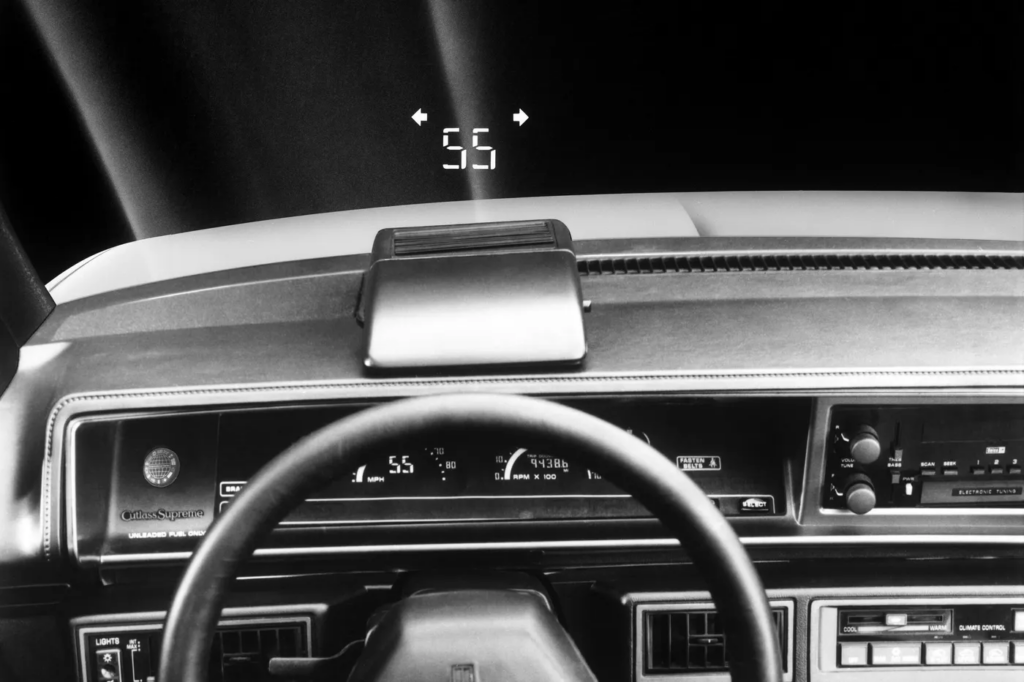A clever UI design that is GPU and OS agnostic.

Augmented reality is going to change our lives in so many beneficial ways, it’s almost impossible to list them all. Today, if you ask someone about AR, they will likely mention Pokemon or furniture placement in their home. And you probably have heard about Apple’s forthcoming AR glasses due in 2025. AR is still being confused with VR and Meta isn’t helping maters with its attempt to own the metaverse. Meanwhile, and much more practically, fighter jets, cruise ships, and motorcycle helmets are using and benefiting from AR.

Automobiles have had HUDs since 1988, introduced in the 1988 Oldsmobile Cutlass Supreme Indianapolis 500 Pace Car Parade Convertibles. Traditionally, HUDs used a vacuum fluorescent display tube (VFD) and reflective optics to make the windshield a display to create a virtual image of a digital speedometer and selected gauges. However, balancing the contrast against a varying ambient lightscape has been problematic and has limited acceptance.
Enter Basemark, which has been developing tools for designing UIs for over eight years, and its team members longer than that.
Basemark has solved the problem with its Rocksolid Graphics Software by using the instrument cluster display and the car’s front facing cameras with a custom overlay. As you can see in the picture, by using real-time 3D rendering, the semi-opaque background on the sides ensures the content is always visible. Notice how the navigation guidance graphics doesn’t draw over the car that’s in front but it neatly renders around it. The software even generates a shadow underneath the car to add a touch of realism. Rocksolid Graphics runs on any Vulkan-compatible GPU.

The company’s computer vision algorithms automatically detect lanes, cars, pedestrians and then its graphics system dynamically creates the AR graphics to highlight which lane the driver should be on, warns about other cars, etc.
So, imagine your instrument cluster screen actually showing video from the front camera of the car and Basemark’s software rendering the speed gauges, etc., but also computer vision-based ADAS visualizations of detected lane and other cars. The company reports car manufacturers are liking this approach because they don’t need to add an expensive HUD display. Of course, the company can render to an HUD as well, but right now, these AR videos are popular.
What do we think?
We’ll be seeing these HUDs in cars in 2025, I want one now.





